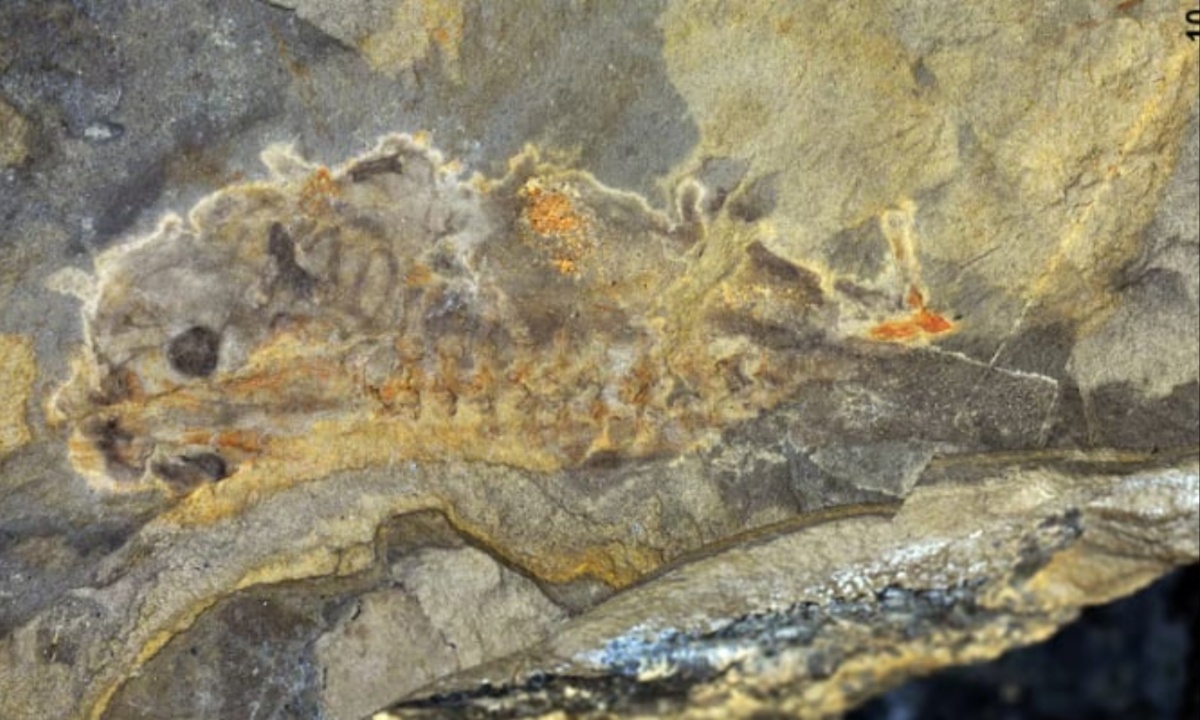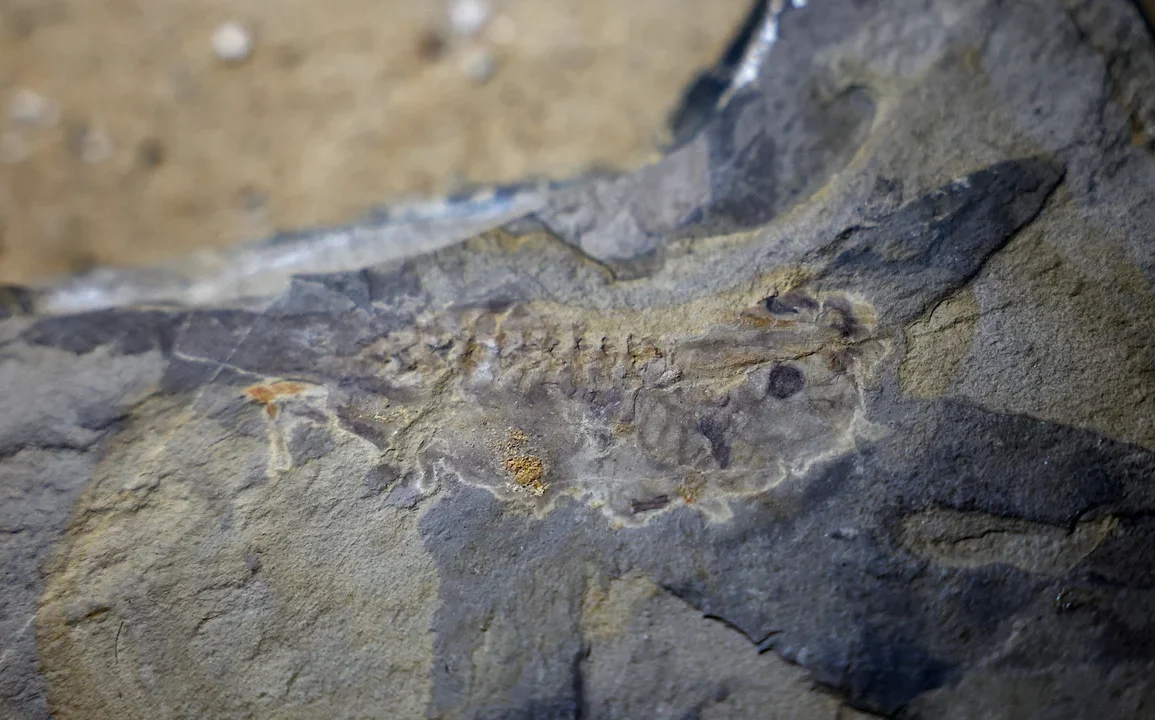A recently unearthed frog fossil represents the oldest known tadpole, offering significant insights into the evolution of amphibians. Discovered by paleontologist Federico Agnolín and his team at Estancia La Matilde in Argentina, this giant tadpole is similar in appearance to modern tadpoles, except for its larger size.
The team initially sought dinosaur fossils in the quarry, where they found various adult frogs of the extinct species Notobatrachus degiustoi instead. This led to questions regarding the existence of tadpoles during that era until a serendipitous find revealed the impressive tadpole fossil.
The newly identified fossil, estimated to be between 161 to 168 million years old, predates the previous record holder by approximately 30 million years. Its discovery reinforces the hypothesis that frogs had a tadpole stage much earlier than previously thought.
Herpetologist Alexander Haas highlighted this find as confirmation of a long-suspected evolutionary trait among amphibians. The researchers emphasized the fossil’s preservation details, which shed light on tadpole development during the Jurassic period.
Upon further examination, biologist Mariana Chuliver noted that the cartilage supporting the fossil’s gills closely resembles that of contemporary tadpoles. This suggests that the extinct species likely had a similar feeding mechanism, filtering water to absorb oxygen and nutrients.

The fossil’s context, alongside the presence of other small aquatic organisms in the rocks, implies that these ancient tadpoles fed primarily on microorganisms and organic debris rather than larger prey, indicating a unique ecological niche.
The size and feeding strategies of the N. degiustoi tadpoles bear resemblance to some modern tadpole species, particularly those like the bullfrog and the paradoxical frog, which also exhibit large tadpole sizes.
Researchers remain puzzled by the large size of the tadpoles from this extinct species, as they typically transition into adulthood at a comparable size. Marissa Fabrezi pointed out that understanding this anomaly could enhance knowledge of amphibian evolution and adaptability.
The fossilized tadpole’s advanced development, nearing metamorphosis, suggests it would not have grown larger than its adult counterparts. Modern species such as paradoxical frogs provide insights into this ancient tadpole’s growth patterns, particularly due to their habitat in temporary pools that limit predation and competition.
Despite the success of frogs in their evolutionary history, Agnolín warns that contemporary species are facing threats due to their dependence on both terrestrial and aquatic environments, making them vulnerable to extinction. This finding serves as a reminder of the resilience of amphibians through time, while also highlighting the challenges they face today.

